41 atoms and bonding worksheet
States of Matter - Atomic Bonding | Interaction Potential ... Watch different types of molecules form a solid, liquid, or gas. Add or remove heat and watch the phase change. Change the temperature or volume of a container and see a pressure-temperature diagram respond in real time. Relate the interaction potential to the forces between molecules. Ionic Bonding | PBS LearningMedia This interactive activity from ChemThink discusses ionic bonding—a type of chemical bond formed between two ions with opposite charges. Investigate how the transfer of electrons between atoms creates ions and how the mutual attraction of these charged particles forms ionic bonds. Also learn about trends in the periodic table of elements, and explore how the structure …
Naming Compounds Practice Worksheet - Loudoun County Public ... D) All exist in nature as individual atoms rather than molecular form. 89) Which of the following statements concerning double covalent bonds is correct? A) They always involve the sharing of 2 electron pairs. B) They are found only in molecules containing polyatomic ions. C) They occur only between atoms containing 4 valence electrons.

Atoms and bonding worksheet
Quiz & Worksheet - Dimensional Analysis | Study.com This quiz and worksheet will ask you several practice problems concerning conversion factors with units like km/hr to m/s, quarts to liters, and square miles to square meters. Quiz & Worksheet Goals Bradford Protein Assay: Principle, Protocol & Calculations Jan 20, 2022 · Then, students would create a worksheet that allows the new students to graph the data and calculate the slope to find the protein concentration, as was shown in the "Sample" section of the lesson. Covalent Bonds vs Ionic Bonds - Difference and Comparison | Diffen Covalent bonds are formed as a result of the sharing of one or more pairs of bonding electrons. The electro negativities (electron attracting ability) of the two bonded atoms are either equal or the difference is no greater than 1.7. As long as the electro-negativity difference is no greater than 1.7, the atoms can only share the bonding electrons.
Atoms and bonding worksheet. Valence electron - Wikipedia A solid compound containing metals can also be an insulator if the valence electrons of the metal atoms are used to form ionic bonds. For example, although elemental sodium is a metal, solid sodium chloride is an insulator, because the valence electron of sodium is transferred to chlorine to form an ionic bond, and thus that electron cannot be ... Mrs. J's Chemistry Page - Lesson Materials Electrons in Atoms Periodic Table Chemical Bonding Molecular Structure: The Mole Chemical Reactions Stoichiometry Gases Liquids & Solids Solutions Acids & Bases Nuclear Chemistry: Documents . Laboratory Safety. Handout - Laboratory Safety Activity - Understanding Chemical Hazard Labels & MSDS Activity - Disaster Demos. Atomic Structure - Ch. 3. Worksheet - Atomic … CSUS Chemistry 1A Nomenclature Worksheet Dr. Mack CSUS Chemistry 1A Nomenclature Worksheet Dr. Mack Page 3 of 9 S S2– sulfide ion IA H H– hydride ion Polyatomic Ions Polyatomic ions are ions that are composed of two or more atoms that are linked by covalent bonds, but that still have a net deficiency or surplus of electrons, resulting in an overall charge on the group. Quiz & Worksheet - Organic Chemistry Naming | Study.com Intramolecular Bonding and Identification of Organic and Inorganic Macromolecules Organic Molecules: Alkanes, Alkenes, Aromatic Hydrocarbons and Isomers Quiz Functional Groups in Organic Molecules ...
PHSchool.com Retirement–Prentice Hall–Savvas Learning Company PHSchool.com was retired due to Adobe’s decision to stop supporting Flash in 2020. Please contact Savvas Learning Company for product support. Covalent Bonds vs Ionic Bonds - Difference and Comparison | Diffen Covalent bonds are formed as a result of the sharing of one or more pairs of bonding electrons. The electro negativities (electron attracting ability) of the two bonded atoms are either equal or the difference is no greater than 1.7. As long as the electro-negativity difference is no greater than 1.7, the atoms can only share the bonding electrons. Bradford Protein Assay: Principle, Protocol & Calculations Jan 20, 2022 · Then, students would create a worksheet that allows the new students to graph the data and calculate the slope to find the protein concentration, as was shown in the "Sample" section of the lesson. Quiz & Worksheet - Dimensional Analysis | Study.com This quiz and worksheet will ask you several practice problems concerning conversion factors with units like km/hr to m/s, quarts to liters, and square miles to square meters. Quiz & Worksheet Goals



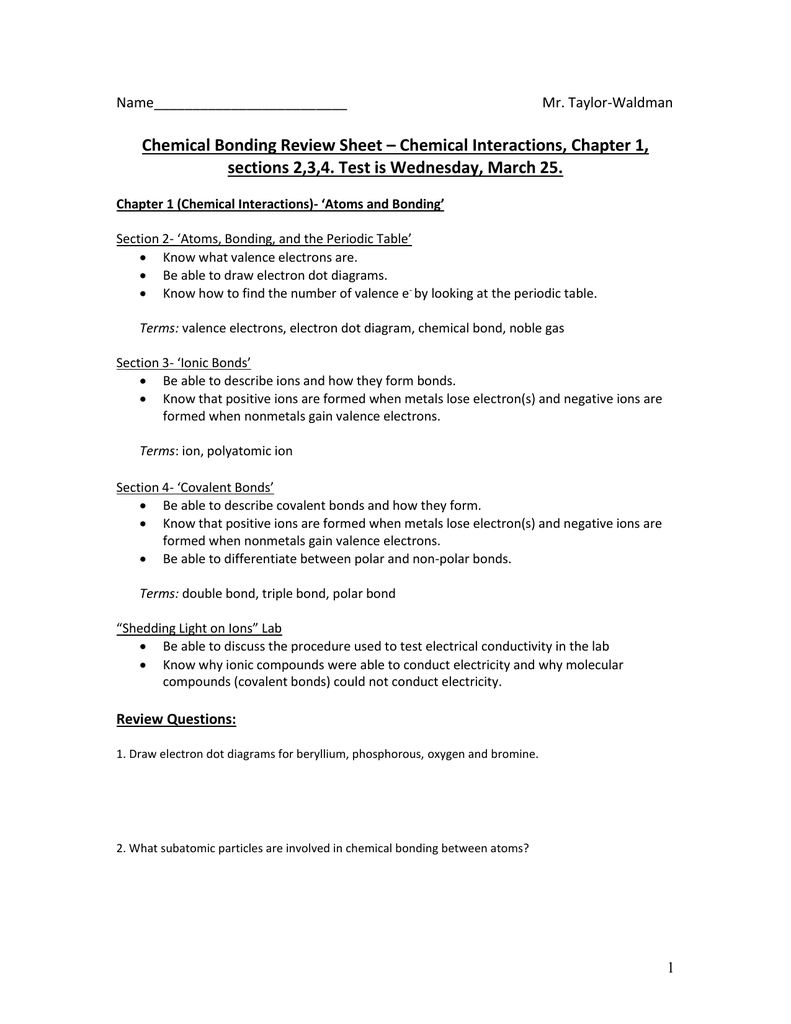
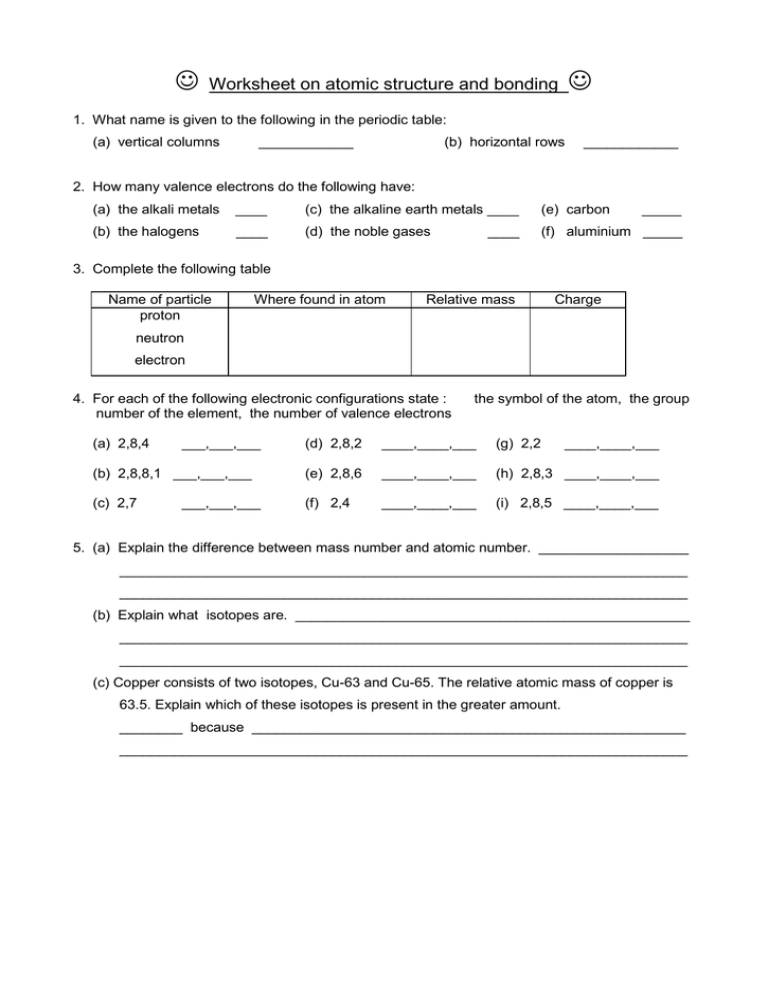




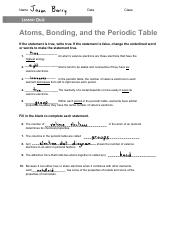

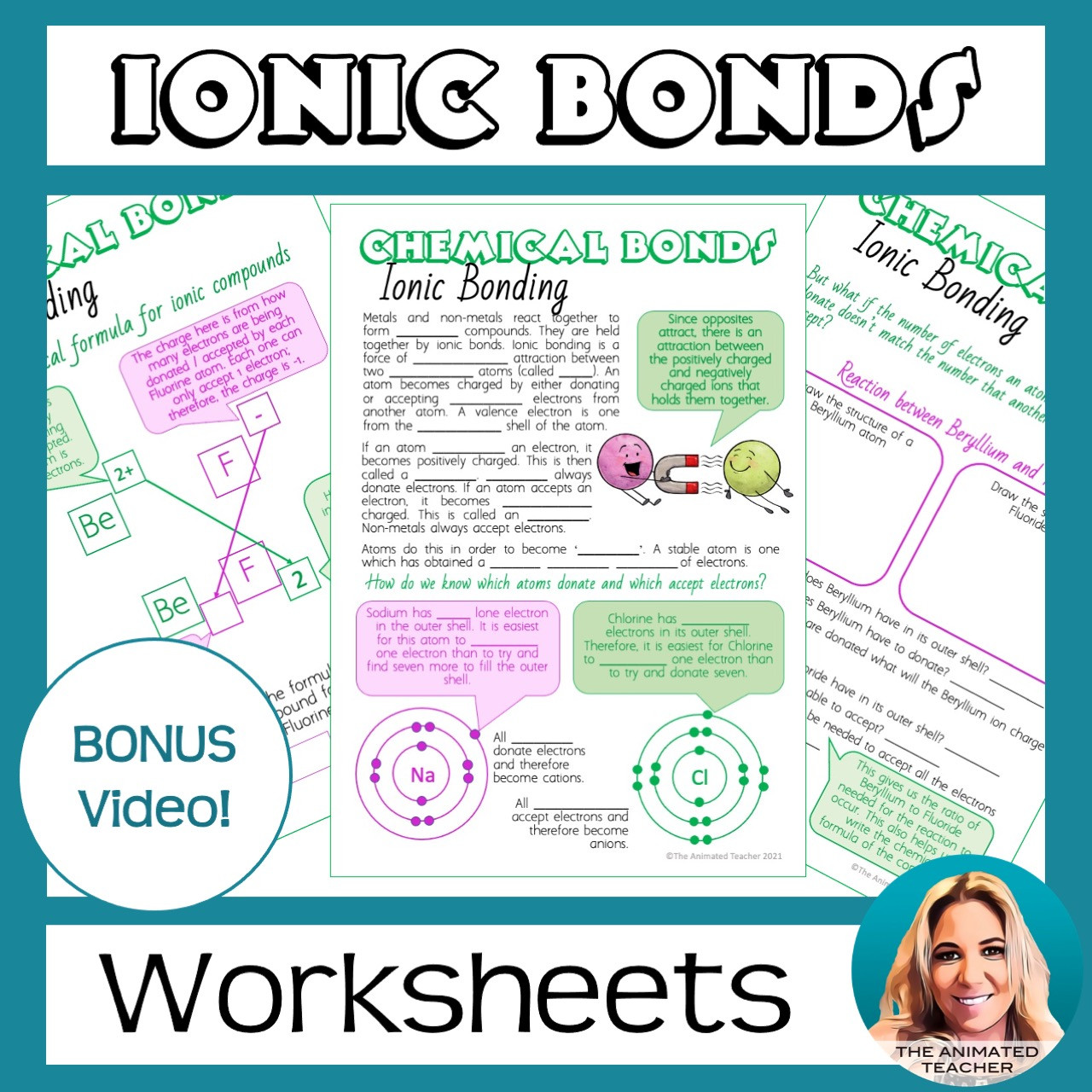





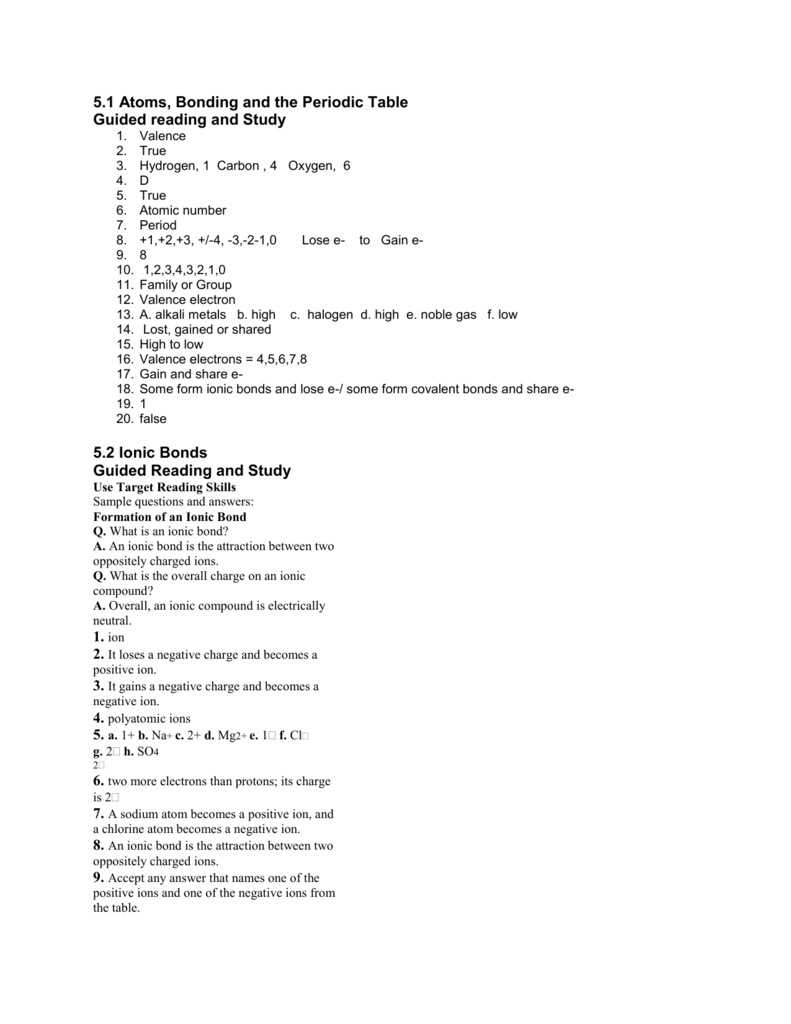




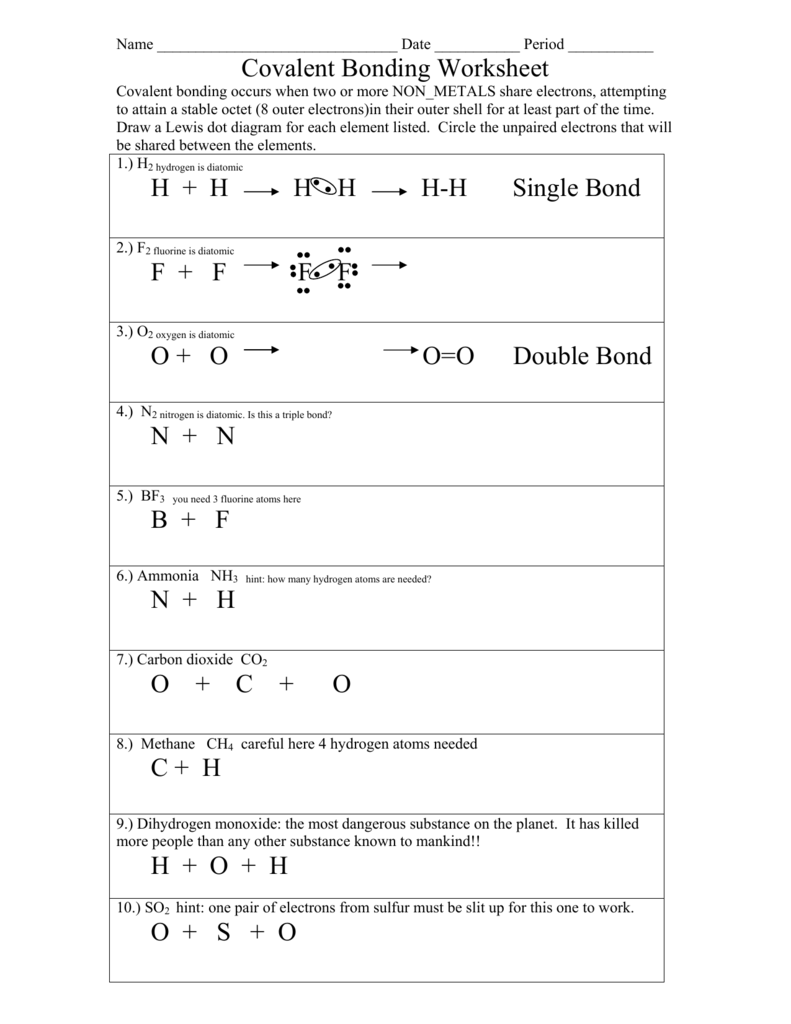












0 Response to "41 atoms and bonding worksheet"
Post a Comment